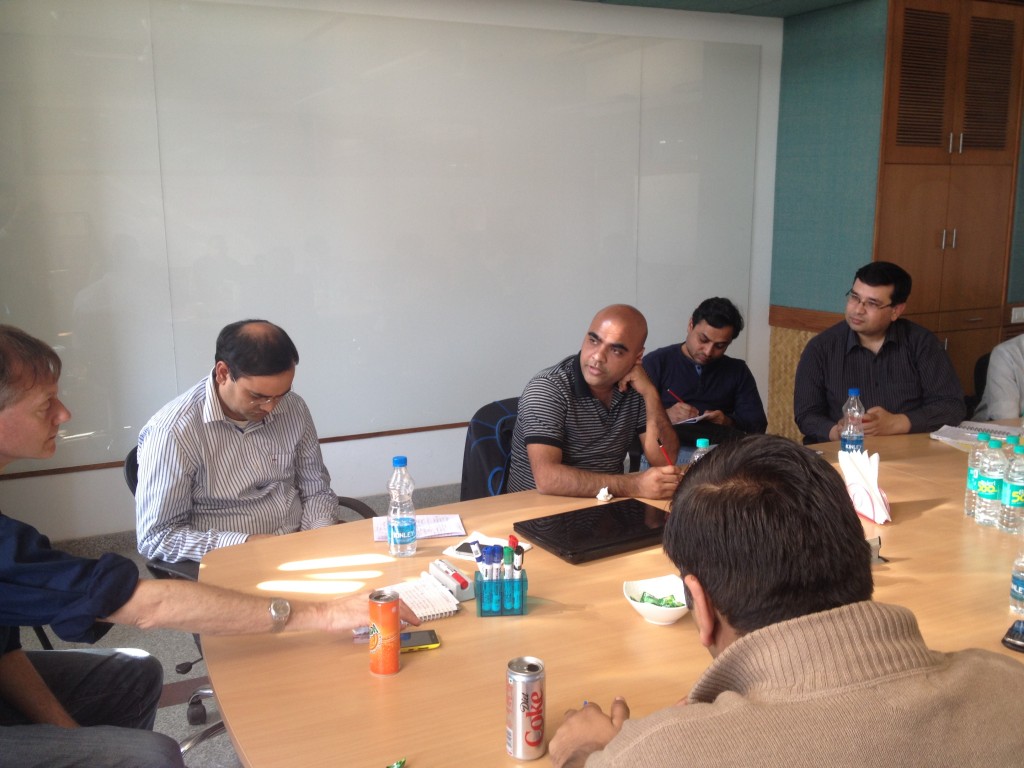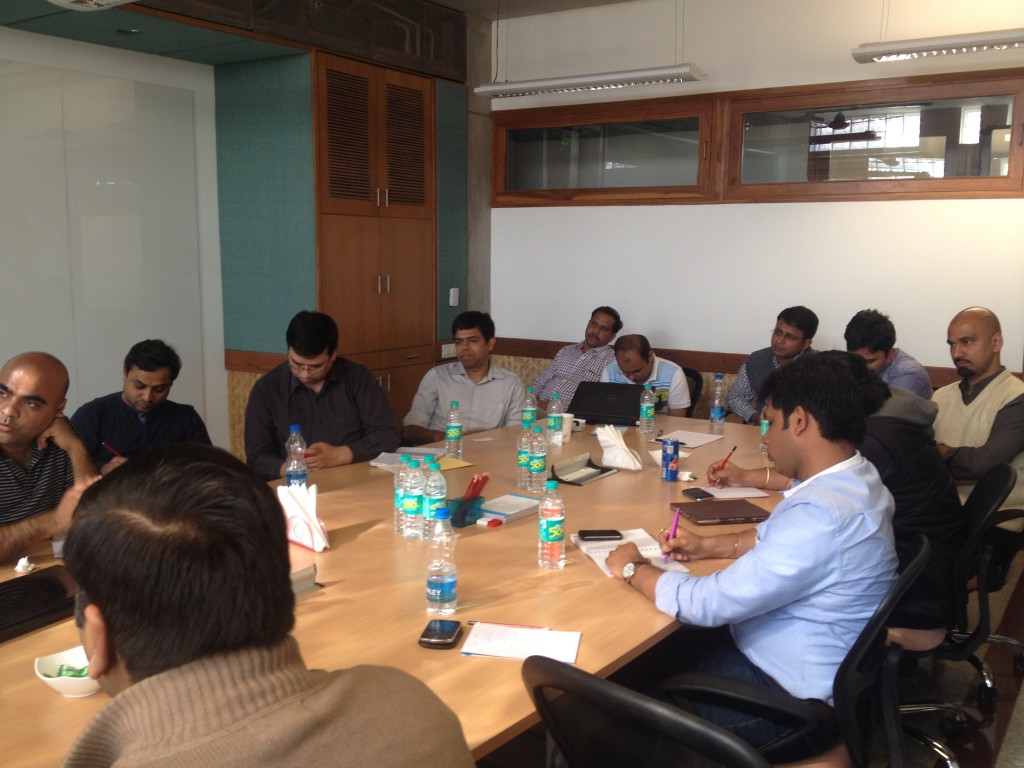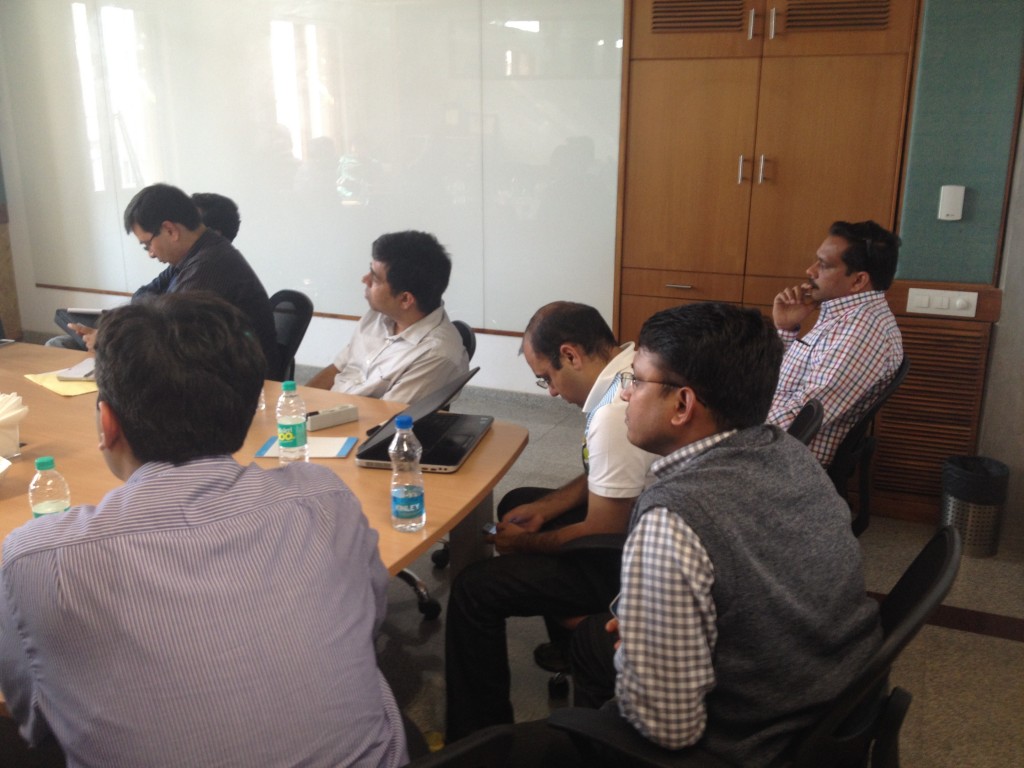Do you own a business and face the problem of customer communication? Are you unaware of your customers’ needs? Are your customer’s unhappy with your services? Are you unable to analyze the progress of your business? Then, to all such problems there is one and only one solution – the CRM Software.
In any business two things are very critical: customers and employees. The growth of any business depends majorly on the relationship between the customers and the vendors. When both are satisfied then we have a “win-win” situation as happier customers are more loyal and spend often. To achieve this goal the business should meet its customers’ expectations and deliver them the best services in every odd. Hence, to address the problems of dealing with customers in day-to-day basis the concept of CRM was introduced which is gaining popularity from past few years.
Customer Relationship Management abbreviated as CRM is not just a software or an application of technology rather it’s a unique approach to deeply know the customers’ needs and nature in order to effectively and efficiently develop a stronger relationship with them.
CRM: Business Point Of View

- Right Selection
The CRM application is a supreme tool that helps to easily manage the business of any type – big or small, anywhere- home or office ,anytime- day or night and hence, it boosts the customer services. The increase in the sales efficiency can be seen after implementing the right CRM. Even, a CRM can enhance the productivity by 30%, if used correctly. The selection of a right CRM for your business matters a lot to manage your business. Now-a-days, there are lots of CRM options available in the market.
Thus, as a businessman your first step is to figure out which option will help you build a strong relationship base with your customers and gain you profit.
Points to consider when evaluating a CRM are:
– Ease of implementation
– What features are available out of the box
– What level of customization is required to meet my business requirements
– Cost Professional Services
– Ease of integrating with other back office systems
– what level of integration is available “out of the box” to my telephony system.
- Your Progress
The report system empowers you to analyze the progress of your business as well as your team.
- Know your Financial Status
Certain CRM packages, offer its users to track their cost of sales and other operating costs to calculate the net profit. Such feature is implemented via finance software in the systems and plays a vital role in tracking the development of small business.
CRM: Sales Agent Point Of View

There are many ways in which CRM helps you to nurture the customer relationships with the sales agents and some of them are discussed below:
- Organize your Business on tips
It is said that to achieve success easily you should have required resources. The same thing applies in the case of business too. The sale teams of any business – big or small can manage easily their business if they have the right tools to do the job.
The services offered by the CRM makes the task simple and effortless for the salesman or its team to efficiently organize their job of managing multiple clients or meeting big quotas.
Even you can track your own contacts, deals and leads using this technology and can share the info with your team members that helps to manage the customer’ needs even if their contact is not available on regular basis.
- Alert System
This functionality of a CRM software follow-up the salesperson with the data set for alert and helps you to do various important tasks on time like to timely meet the milestones, trigger a new activity, prepare presentations, go through a communication with a customer and many more.
Setting alerts makes you attentive, proactive and impresses your multiple customers with your punctual working style.
- Track the Important
CRM is a centralized system which helps you to manage your customer relationships by securely accessing as well as sharing your important information, correspondence, conversations, billing info or documents anywhere, anytime through your CRM based cloud benefits.
You can even have a look over the historical records of the customers which help you to deal with any specific customer more professionally.
- Get Social
Most enterprise CRM systems help the agents to be in touch with their customers via social media. Moreover, with CRM, agents can work together through chat or video conferences. CRM software offer agents a space to create and store templates for call scripts that have restricted accessibility to other employees.
Even, the service agents can go live with their customers through their website and mobile apps.
- Check where you stand
The reports attached with your CRM tool helps you to continuously measure your customer service performance as well as the customer activities so that you can easily figure out the needs of your clients and act accordingly to fulfill them.
CRM: Enhances Customer Services

After knowing deeply the benefits of CRM for different sectors let’s have a look on the ways in which CRM can help in improving Customer services.
- Social media
Generally, social media is used to mainly watch the activities of the customers which help to better learn about the customer choice. Encouraging the clients to link their lead generation and social media enables the clients conveniently log-in. For example, instead of submitting their name, phone, email address, etc. on a form on your web site, let the users just sign in with LinkedIn, Twitter, Google+, Facebook and others.
- Automated Customer Service
On adding a new customer to the CRM, automatically registering them in a Support System, sending them a “welcome to support” Email (with instructions on how to use it), adding them to the e-news mailing list, and notifying customer services to contact them after a specified period to see how they are getting on improves the customer services to a greater extent.
- Easy Adoption to system
To make the customers efficiently use the CRM system new gamification processes can be included in a customized CRM.
- Customer engagement
Customers always have a tendency to compare what they are getting is best or not it could be in terms of Price, Quality, Service and even the way there are being treated . So any function or process which can envisage the customers that they are getting the best deal or treatment from the market at optimal or lowest cost, and then nurturing that same relationship for highest profit or yield for as long as possible would make a difference to any Business.
- Customer Self-Service Approach
Usually, CRM systems offer portals that manage knowledge for the customer self-service. These portals allow the customers to access FAQ or troubleshooting articles without assistance of any agent.
On the other hand, some CRM solutions also offer a company to establish their own online communities for their customers which is an easy way to reach for queries and feedback.
Thus, Customer Relationship Management is an efficient way to get a clearer picture of your current business and helps you to plan your future strategies to satisfy your customers.
So, what are you waiting for? Start expanding your business today with the suitable CRM technology and share your experiences with us via comments.
Browse a list of CRM Software at SoftwareSuggest.com


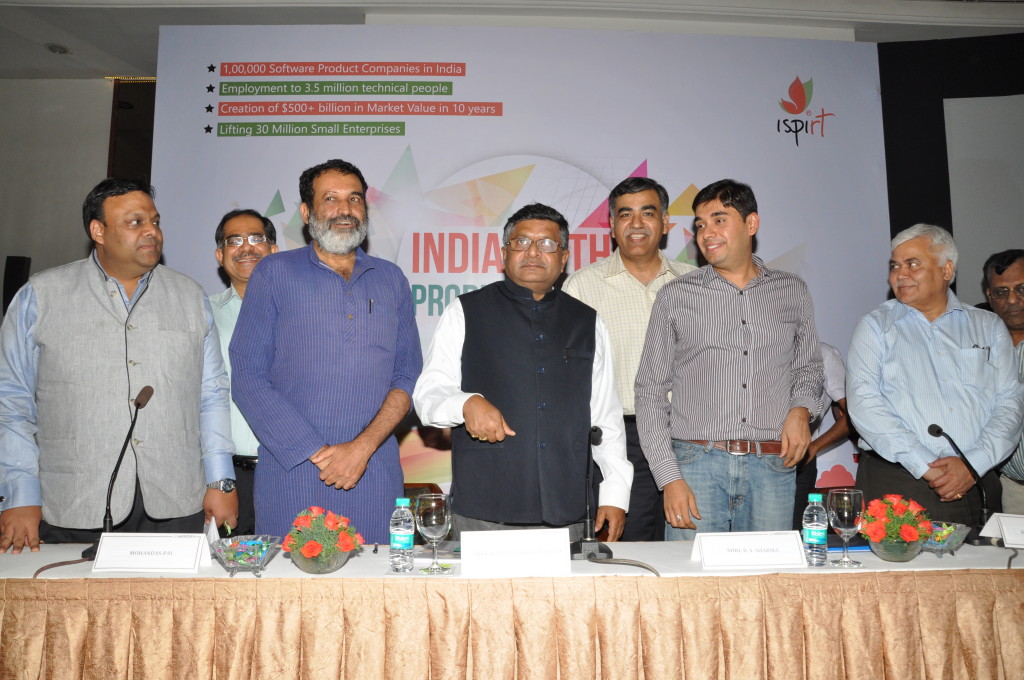




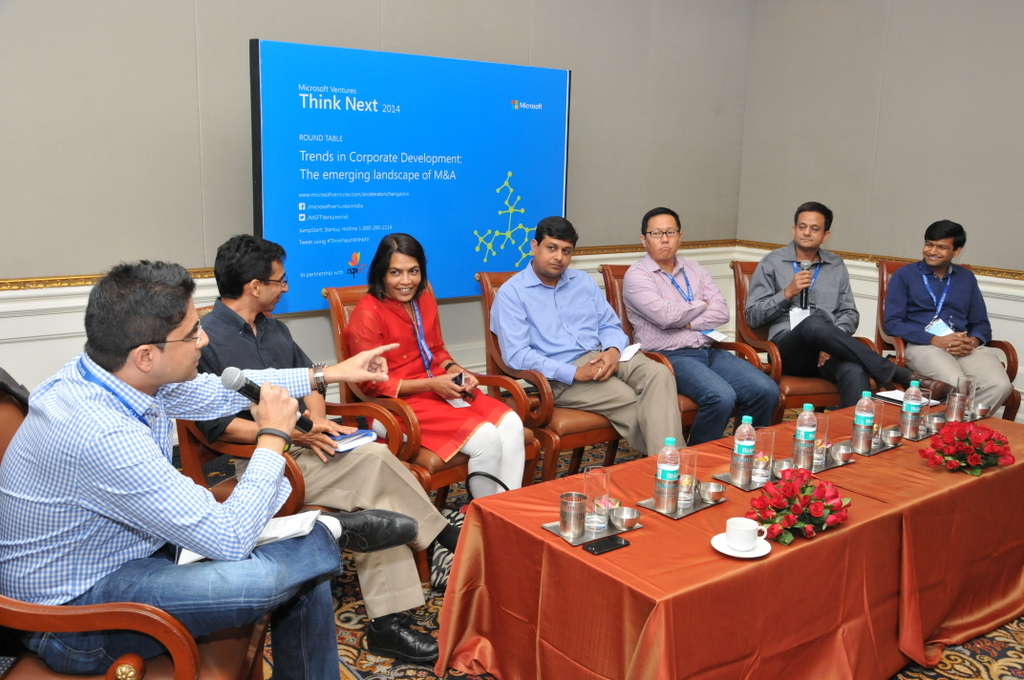 Last Friday, I hosted the M&A Panel at
Last Friday, I hosted the M&A Panel at 

